Winter can be a struggle for garden wildlife. However, with a little time and effort from us it is possible to help it survive through those periods when food and shelter may be at a premium.
Garden wildlife may seem to disappear in the cold winter months. However, our friends are merely sleeping, some may be hibernating completely, others occasionally venturing out to seek food or find more efficient shelter.
Whatever their habits, the welfare of garden wildlife during the bleak winter is still our concern, for their presence in our gardens is not only a necessity but a pleasure and joy.
Therefore, most gardeners would agree that we owe it to our garden companions to help them through the winter months so that they'll be around to bring us pleasure in the spring!


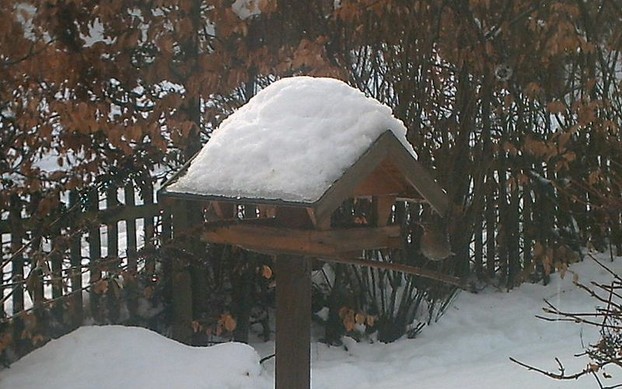
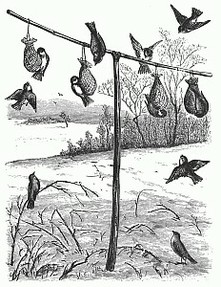 Commercial suet balls are available, although both adults and children may enjoy making their own. You'll find a recipe with illustrated instructions if you
Commercial suet balls are available, although both adults and children may enjoy making their own. You'll find a recipe with illustrated instructions if you 


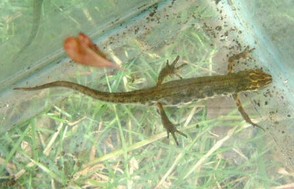
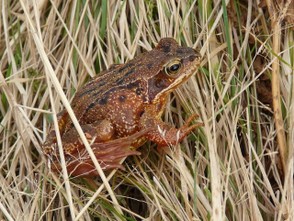
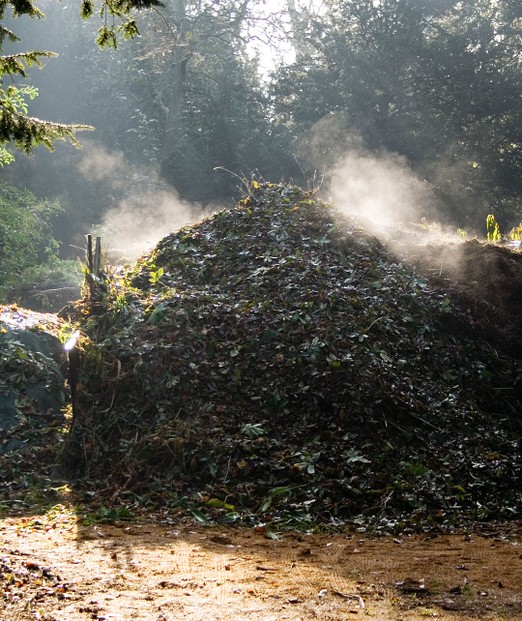
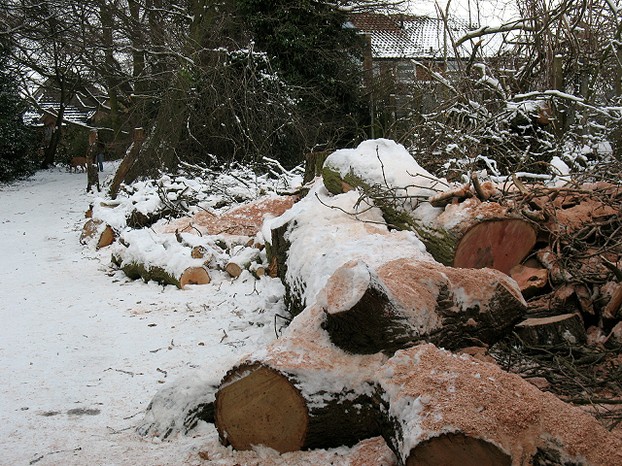



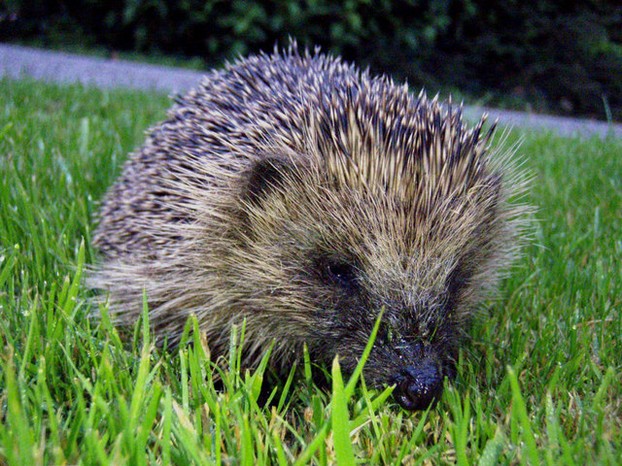

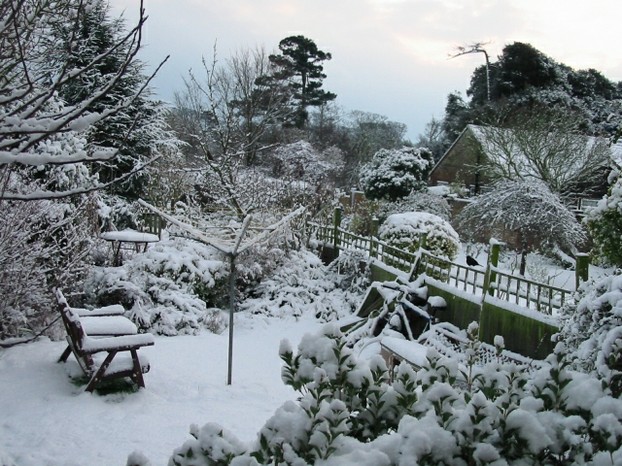


 How to Choose a Walking Cane or Stickon 08/01/2014
How to Choose a Walking Cane or Stickon 08/01/2014
 Michael Miller Fabulous Fabric Swatches for Quilting, Crafts etcon 07/02/2014
Michael Miller Fabulous Fabric Swatches for Quilting, Crafts etcon 07/02/2014
 The Drama of Life in the Rock Poolon 06/08/2014
The Drama of Life in the Rock Poolon 06/08/2014
 The Flâneur - Symbol of Modernity in 19th Century Parison 05/09/2014
The Flâneur - Symbol of Modernity in 19th Century Parison 05/09/2014

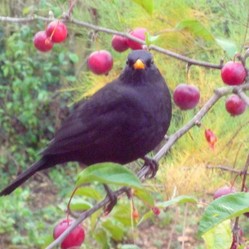

Comments
Ii think pesticides have a lot to answer for.
Oh that's sad to hear. The numbers here are decreasing as well, but we still have plenty. But over the years they've drastically reduced as there aren't many blossoming gardens anymore.
Jptanabe : yes, hedgehogs are so sweet! And so is your cat !
Lobobrandon: there's not many bees around these days so anything that helps keep them safe is welcome I guess. Thanks for your comment. :)
I didn't know you get those kind of bee hives for gardens. Thought it was just for large honey industries and stuff. Nice read :)
Seems like most of our wildlife has survived the recent winter pretty well! I didn't know hedgehogs had such a hard time - I remember them from living in Scotland, quite cute!